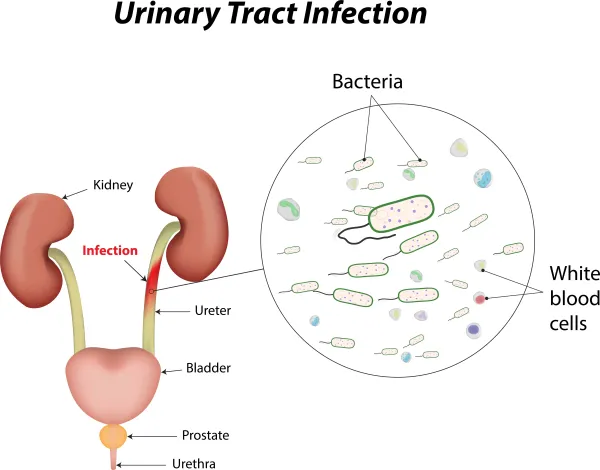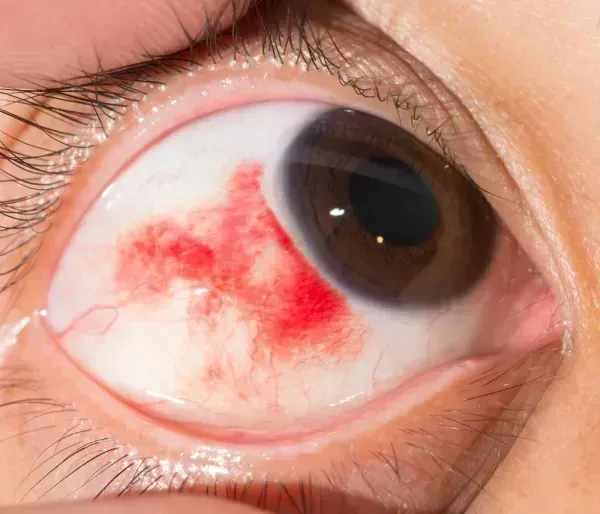ICD 10 Coding Alert
Ophthalmology Update:
Check Out Proposed New Corneal Codes
Published on Thu Jun 06, 2019

You’ve reached your limit of free articles. Already a subscriber? Log in.
Not a subscriber? Subscribe today to continue reading this article. Plus, you’ll get:
- Simple explanations of current healthcare regulations and payer programs
- Real-world reporting scenarios solved by our expert coders
- Industry news, such as MAC and RAC activities, the OIG Work Plan, and CERT reports
- Instant access to every article ever published in Revenue Cycle Insider
- 6 annual AAPC-approved CEUs
- The latest updates for CPT®, ICD-10-CM, HCPCS Level II, NCCI edits, modifiers, compliance, technology, practice management, and more
Related Articles
Other Articles in this issue of
ICD 10 Coding Alert
- Back to Basics:
Don't Confuse Contusion Coding Intricacies
Make sure you’re coding the diagnosis, not a symptom. Test your contusion coding knowledge with [...] - Ophthalmology Update:
Check Out Proposed New Corneal Codes
A hereditary condition and transplant complications may face coding changes. Corneal dystrophy and corneal transplant [...] - Neurosurgery Quizzer:
Test Your Concussion Know-How
Tip: Knowing whether the patient maintained consciousness plays a big role. Check out these scenarios [...] - Radiology Focus:
Understand These Guidelines Surrounding Septic Embolism
Hint: Knowing the anatomy is half the battle. Don’t be overwhelmed by the challenge of [...] - You Be the Coder:
Remember Pregnancy Matters when Coding Unrelated Complications
Question: A pregnant patient came in through the emergency department ED for right lower quadrant (RLQ) [...] - Reader Question:
Know This Code For This Heart Condition
Question: The cardiologist documented a typical atrial flutter. Which ICD-10 code should we report? Nebraska [...] - Reader Question:
Assumptions May Result In Denials
Question: Our anesthesiologist provided anesthesia while another physician inserted a vertebral artery catheter. We thought [...] - Reader Question:
Code Copd Plus This Condition Differently
Question: What is the ICD-10-CM code to report for chronic obstructive pulmonary disease (COPD) with [...] - Reader Question:
Don't Despair Over This Omission
Question: In ICD-9, we had an option to report esophageal hemorrhage, but we can’t find a [...]
View All




